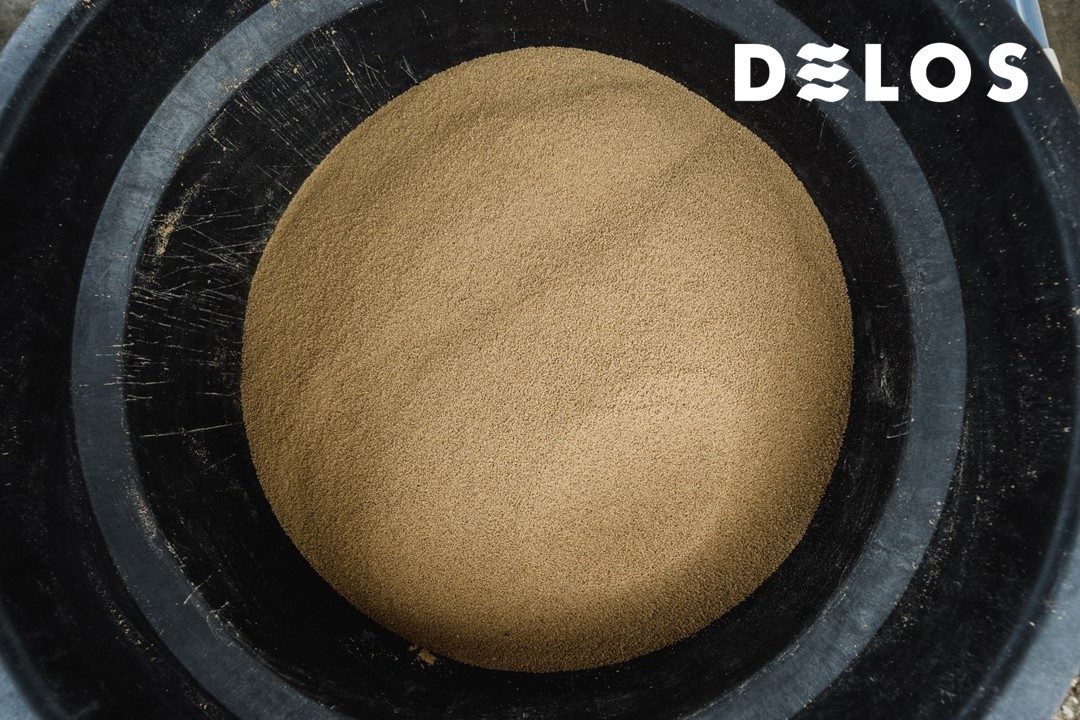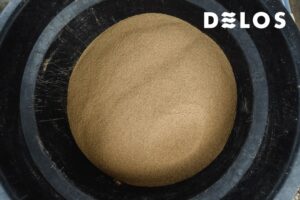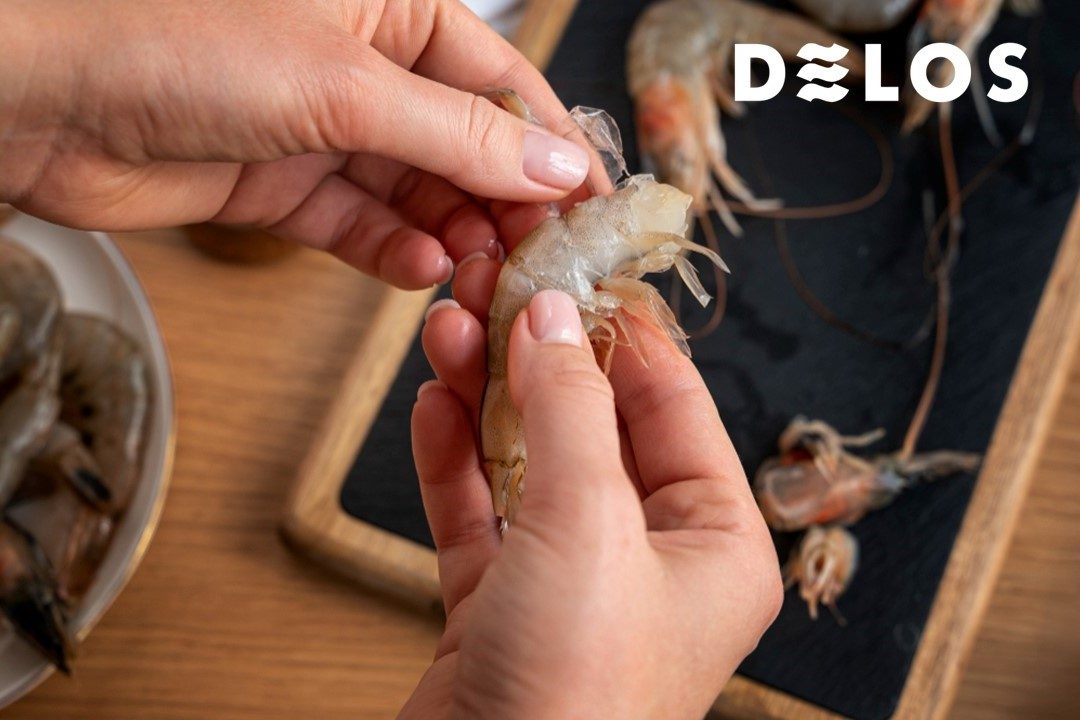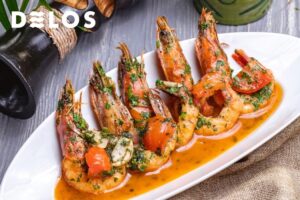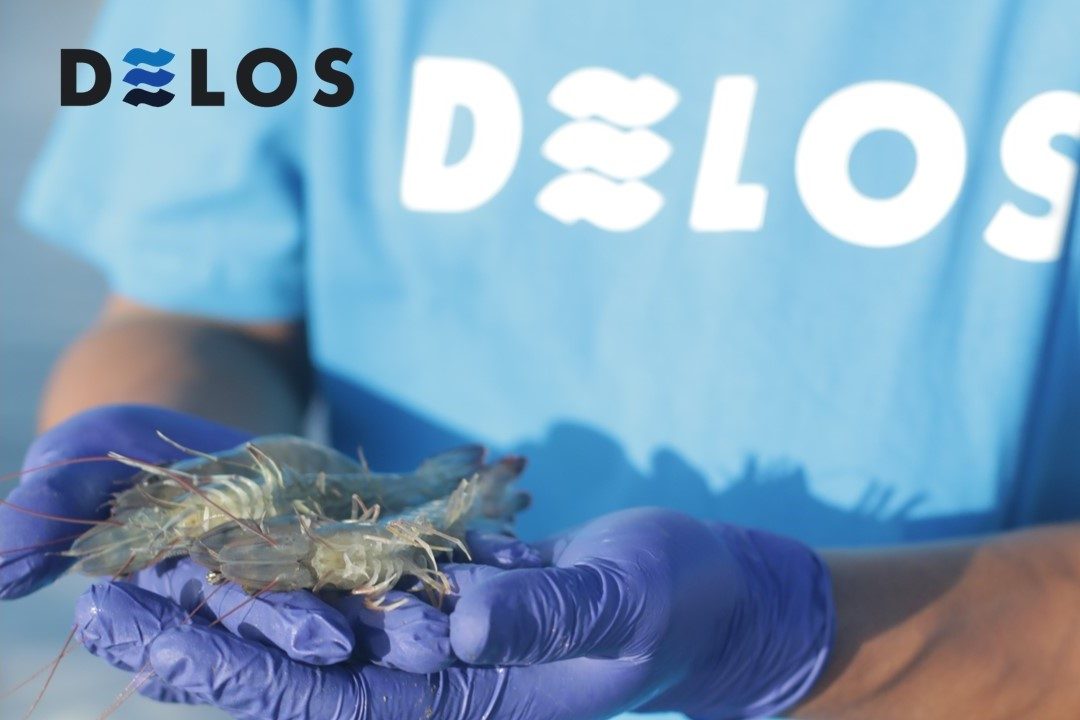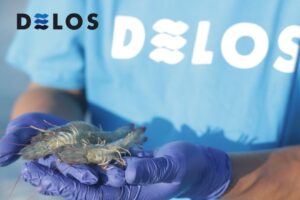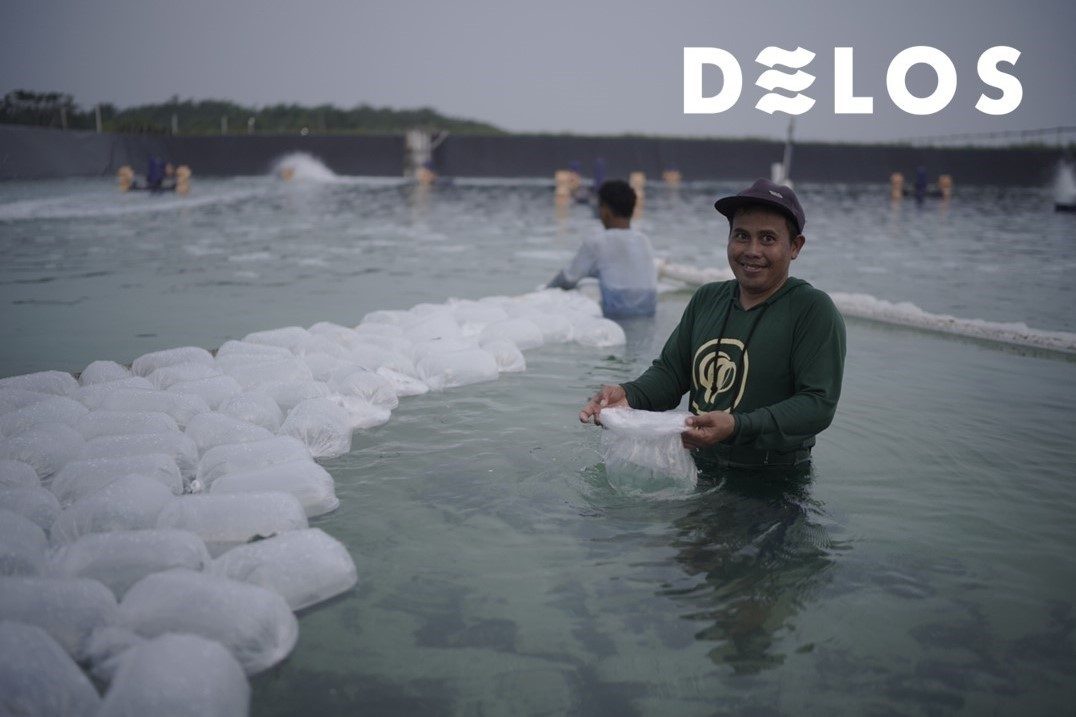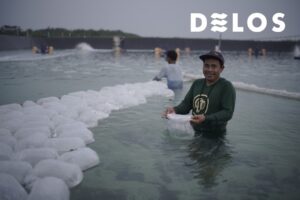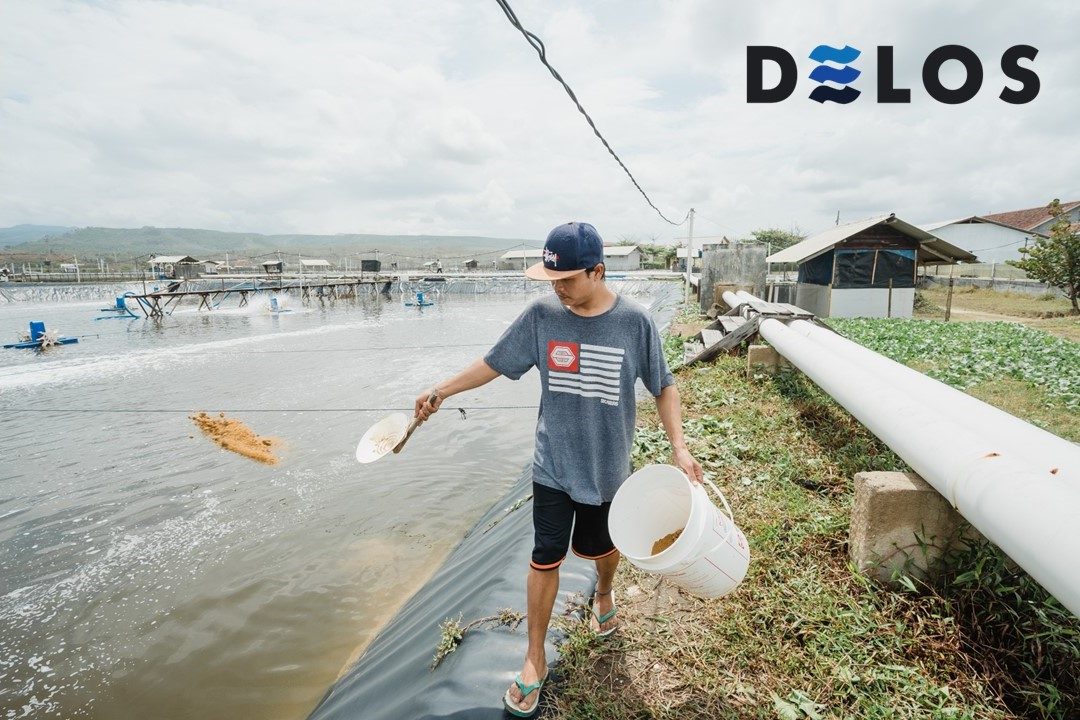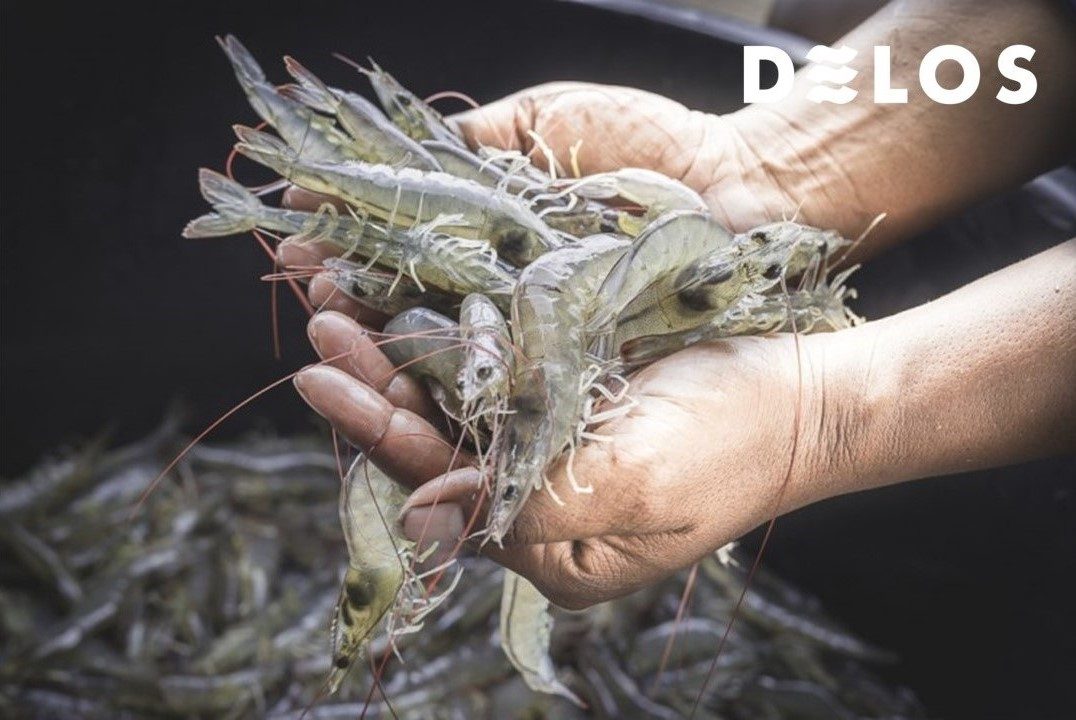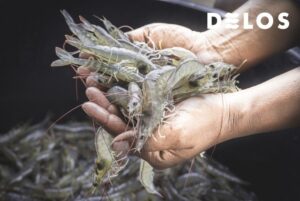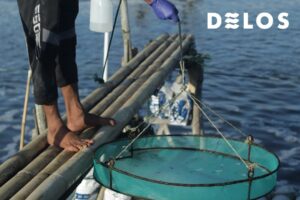7 Types of Shrimp That are Favorites in Japanese Cuisine
Shrimp is one of the favourite ingredients in Japan. The Land of the Rising Sun boasts an extraordinary culinary heritage based on seafood, captivating both locals and foreign tourists.
The distinctive taste of shrimp makes it a constant presence in Japanese cuisine. So, what are the favourite types of shrimp?
Also Read: 7 Benefits of Consuming Vannamei Shrimp for Health
Types of Shrimp in Japanese Cuisine
1. Vaname Shrimp
Vaname shrimp, also known as white shrimp, is one of the most commonly cultivated shrimp worldwide. Its resilience to environmental conditions and diseases makes it popular.
When prepared in dishes, Vaname shrimp is characterized by its tender meat and delicious flavour.
No wonder this shrimp is a favourite in Japanese cuisine, featuring dishes like sushi, sashimi, and tempura. Its ample size and widespread availability also make Vaname shrimp an economical choice for shrimp dishes.
2. Tiger Prawn
Another favourite in Japanese cuisine is the tiger prawn or Panaeus monodon. This shrimp type has a substantial size and firm texture compared to other shrimp varieties.
In Japanese dishes, tiger prawns are often used in dishes requiring large-sized shrimp, such as grilled prawns, oyster sauce prawns, or as an ingredient in hotpots.
3. Kuruma Ebi (Japanese Tiger Prawn)
Kuruma Ebi, also known as Wheel Shrimp, features a tail that curves like a wheel. In Japanese cuisine, this shrimp is commonly used in sushi and sashimi dishes. With its natural sweetness and chewy texture, Kuruma Ebi provides a special shrimp-eating experience.
Also Read: Barriers and Challenges of Indonesian Shrimp Export in the Global Market
4. Botan Ebi (Peony Shrimp)
Botan Ebi, or Peony Shrimp, is considered one of the most luxurious shrimp varieties in Japan. The shrimp’s large size and bright red colour make it a top choice for upscale sushi and kaiseki dishes, a traditional Japanese multi-course meal featuring small, artful dishes.
5. Ama Ebi (Sweet Shrimp)
Ama Ebi, known as Sweet Shrimp, boasts a transparent colour and exceptionally sweet flesh. This shrimp is typically served as sashimi or raw sushi. Known for its unique and refreshing raw eating experience, Ama Ebi, or sweet shrimp, is favoured by many.
6. Kaki Ebi (Kaki Shrimp)
Another favorite shrimp type in Japanese cuisine is Kaki Ebi or Dried Shrimp. These small shrimp are usually crushed and used as seasoning in various Japanese dishes.
Typically added to dishes like miso soup, okonomiyaki (Japanese pancake), and others, Kaki Ebi imparts a distinctive savoury and umami flavour.
7. Sakura Ebi (Cherry Blossom Shrimp)
The last favourite shrimp type in Japanese cuisine is Sakura Ebi. This small shrimp gets its name from the cherry blossom due to its bright colour. Sakura Ebi is usually dried and used as seasoning or sprinkled on dishes like chawanmushi (Japanese pudding), and donburi (rice bowl), to add a unique flavour and aroma.
Also Read: 7 Interesting Facts and Current Trends in Shrimp Export
Support Indonesian Shrimp Export with DELOS!
Shrimp in Japanese cuisine is not just considered an ingredient; it’s also a culinary art. The diversity of shrimp types used in Japanese cuisine creates a rich and satisfying culinary experience. As culinary traditions continue to evolve, shrimp remains a key element in creating delicious and tempting dishes.
Let’s join DELOS in supporting the increase in Indonesian shrimp exports, especially Vaname shrimp, to the global market! DELOS, along with shrimp farmers, is committed to improving the quality of Indonesian shrimp and ensuring sustainable shrimp cultivation practices.
Join DELOS in supporting Indonesian shrimp exports! Visit www.delosaqua.com or contact contact@delosaqua.com for more information.




